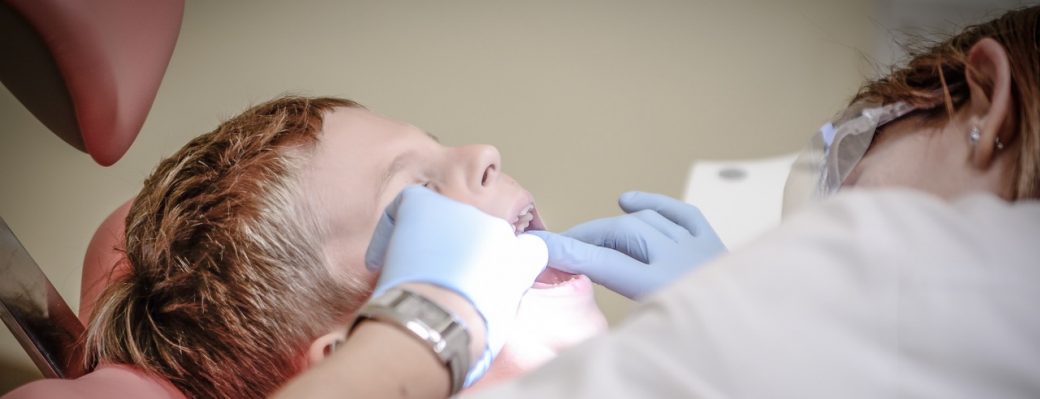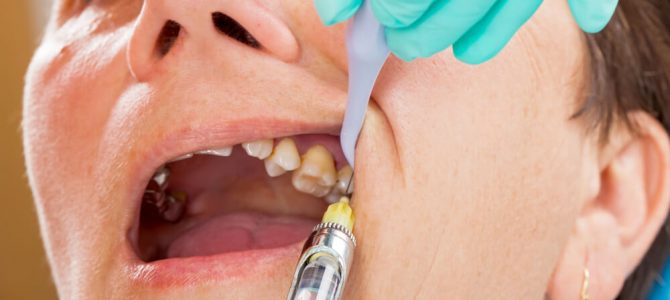The use of local anesthesia for tooth extraction is required in order to dull pain in a targeted area of the mouth. A local anesthetic can be administered as a pain-numbing agent both for simple extractions or surgical extractions.
Types of Local Anesthesia for Tooth Extraction
The most commonly used local anesthetic is Lidocaine. Other frequently used alternatives include articaine, bupivacaine, and prilocaine. It’s worth noting that the injection fluid itself is composed of several additional substances. These include;
- Vasoconstrictor
Vasoconstrictors function by narrowing blood vessels and, as a consequence, help prolong the anesthetic effect. Additionally, a supplementary chemical, which prevents the vasoconstrictor from decaying, is also added to the injection fluid.
- Sodium Hydroxide
The addition of sodium hydroxide enables the anesthetic agent to perform optimally.
- Sodium Chloride
Sodium chloride helps the anesthetic agent to enter the bloodstream.
Alternatives to Local Anesthesia
In cases where the extraction procedure is complex or the patient is exhibiting heightened levels of anxiety, a dentist may opt for either sedation anesthesia or general anesthesia as an alternative to local anesthesia. Sedation anesthesia is most commonly used in cases of wisdom tooth extraction, while the use of general anesthesia is very rare.
Types of Injection
Depending on the exact nature of the tooth extraction to be performed, there are two separate types of numbing injection that can be used.
A block injection is used in order to anesthetize a large area of the mouth. As a result, a block injection is suitable in cases where a large number of teeth are to be extracted. On the other hand, an infiltration injection numbs only a small area close to the injection site and is best suited to single tooth extractions. 
Administering Local Anesthetic
Before any surgical steps are taken, the operating dentist will compile a list of any medications that a patient is currently taking. This helps safeguard against a scenario arising wherein a medication interacts negatively with the local anesthetic. Similarly, it’s important that the patient should report allergic reactions they have previously experienced with any medications.
The first step involves drying the mouth with air or cotton. Once the mouth is dry, the dentist may then opt to swab the injection site with a numbing gel. Thereafter, it remains only to slowly inject the extraction site with the local anesthetic itself.
After Effects
Since the anesthetic effect can last for several hours, it’s not uncommon for patients to experience difficulties with eating, drinking, or speaking clearly during that period. Furthermore, patients should exercise caution when chewing as they may unknowingly bite the anesthetized area and cause injury.
Side Effects
Fortunately, it’s infrequent for side effects to appear. However, on those rare occasions when side effects do occur, they can include;
- Hematoma
If the needle punctures a blood vessel it’s possible that a hematoma could result.
- Widespread Numbness
Occasionally, the numbing effect can spread beyond the targeted area. This can lead to drooping of the mouth or eyelid.
- Accelerated Heart Rate
The vasoconstrictor present in the injection fluid can temporarily induce an accelerated heart rate. Typically, a patient’s heart rate should return to normal within a few minutes.
- Nerve Injury
It’s possible that the needle could injure a nerve and as a result cause the patient to experience pain and numbness over the course of several weeks or months.
Conclusion
Aside from some slight postoperative inconveniences and relatively minor side effects, the use of local anesthesia for tooth extraction represents a safe way for managing patients’ pain. Moreover, the anesthetizing procedure itself is straightforward and contributes to making tooth extraction a routine operation.


